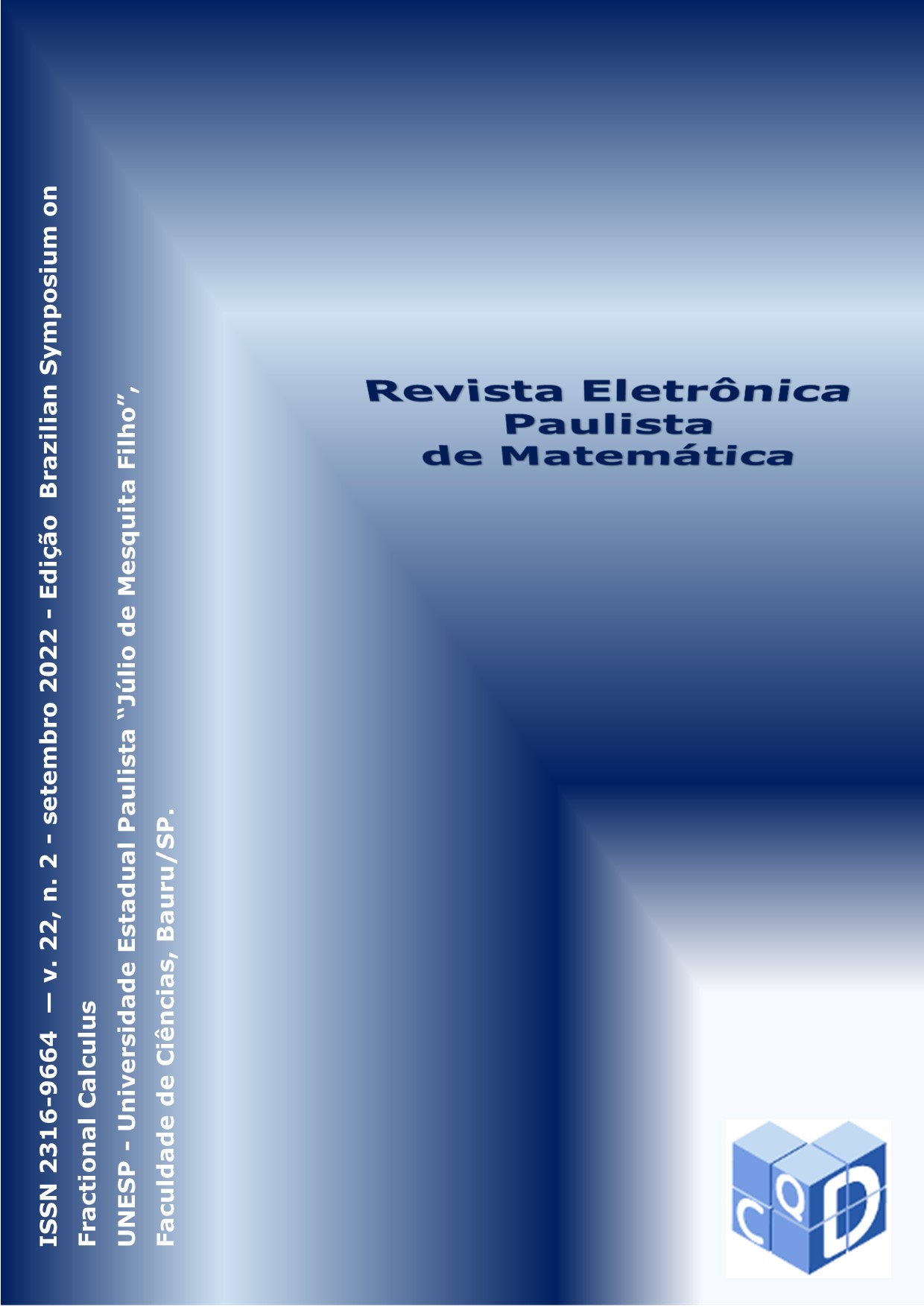The Basset force and the persistence of hydrodynamic memory
Keywords:
Basset force, Riemann-Liouville fractional derivative, BBO equation, Hydrodynamic memory, micro-particles.Abstract
The motion of a particle through a viscous fluid generates vorticity, which in turn induces a delayed viscous force on the particle that can dramatically modify its motion at later times. This viscous self-interaction is known as the Basset history force, which is responsible for the well-known phenomenon of hydrodynamic memory. Although the Basset problem has been studied for well over a century, there has recently been growing interest in the effects of hydrodynamic memory upon the driven transport of micro- and nanoparticles. Such transport typically takes place at very low Reynolds number, where the non-uniform motion of a spherical particle is well described by the Basset-Boussinesq-Oseen (BBO) equation. Recently, numerical simulations of nonlinear particle diffusion and transport have revealed that hydrodynamic memory can have rather striking dynamical consequences, which is ultimately caused by a nontrivial interplay between the Basset history force and external forcing. Here, we examine this interplay in the BBO equation from an analytical standpoint for general time-dependent forcing. In particular, we use standard Laplace transform techniques to derive an explicit expression for the hydrodynamic coupling force, which we then use to demonstrate the indefinite persistence of memory effects—previously observed in numerical simulations—under nonequilibrium forcing conditions.
Downloads
Published
How to Cite
Issue
Section
License
Copyright (c) 2022 C.Q.D. - Revista Eletrônica Paulista de Matemática

This work is licensed under a Creative Commons Attribution 4.0 International License.


